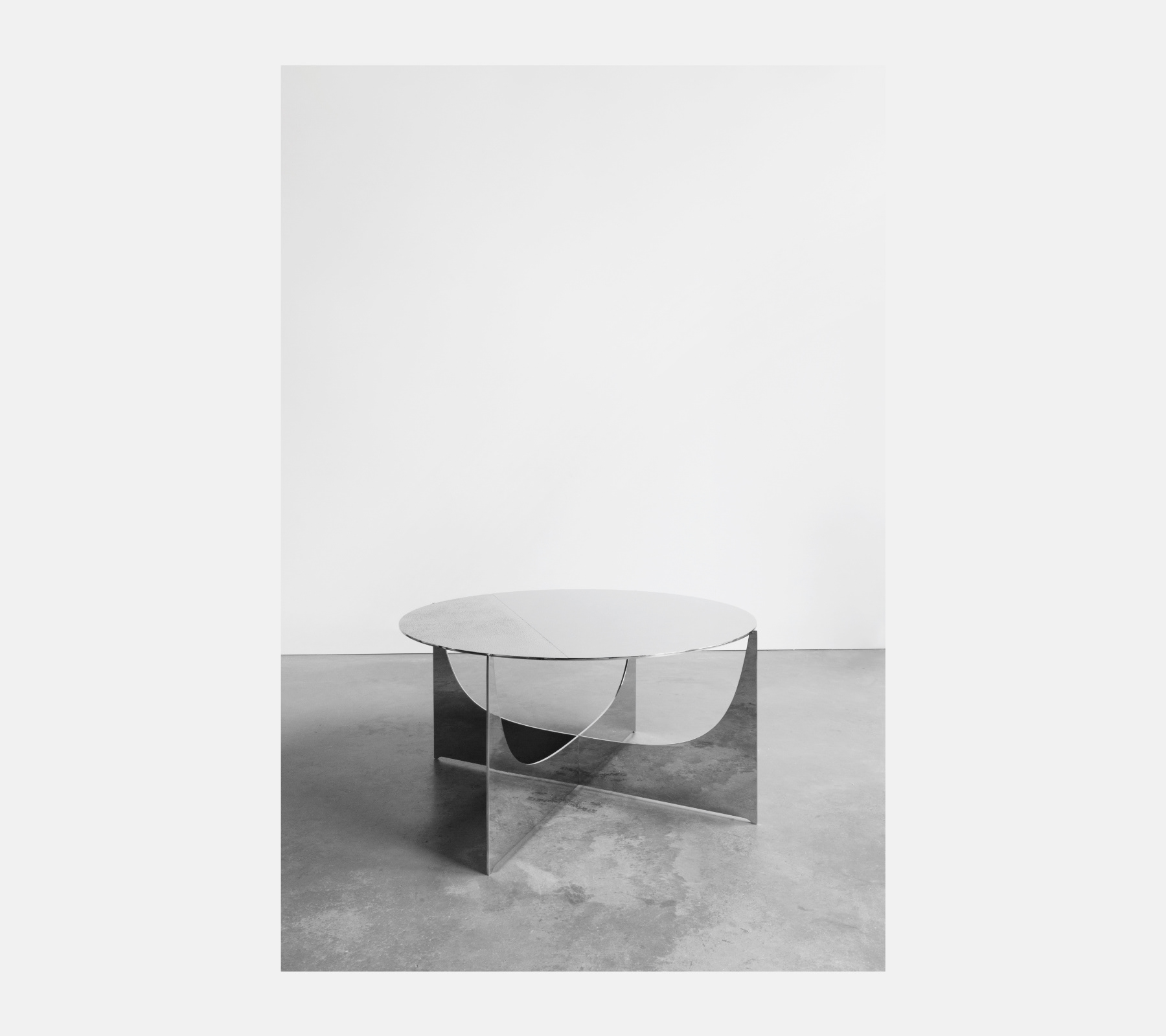
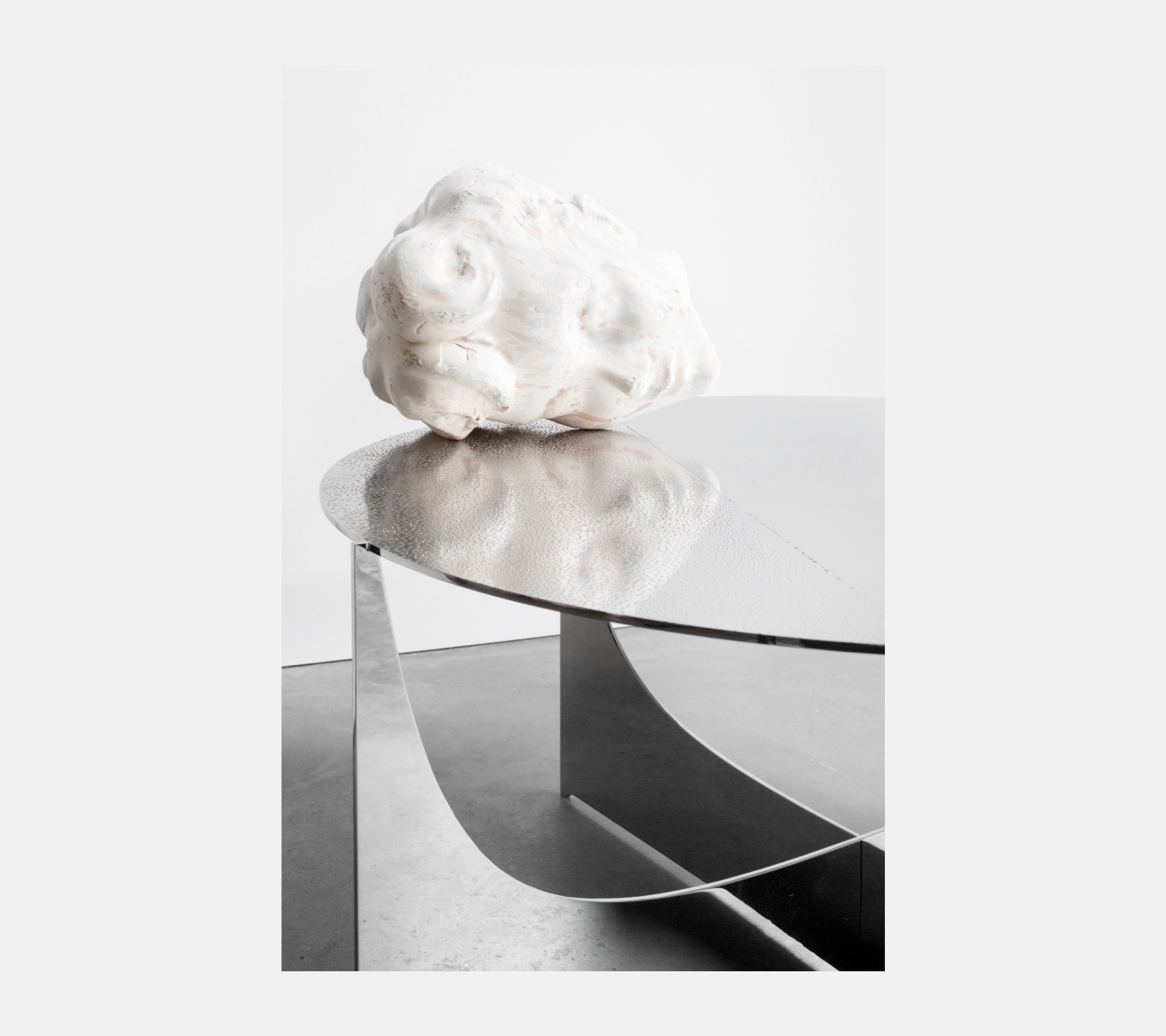
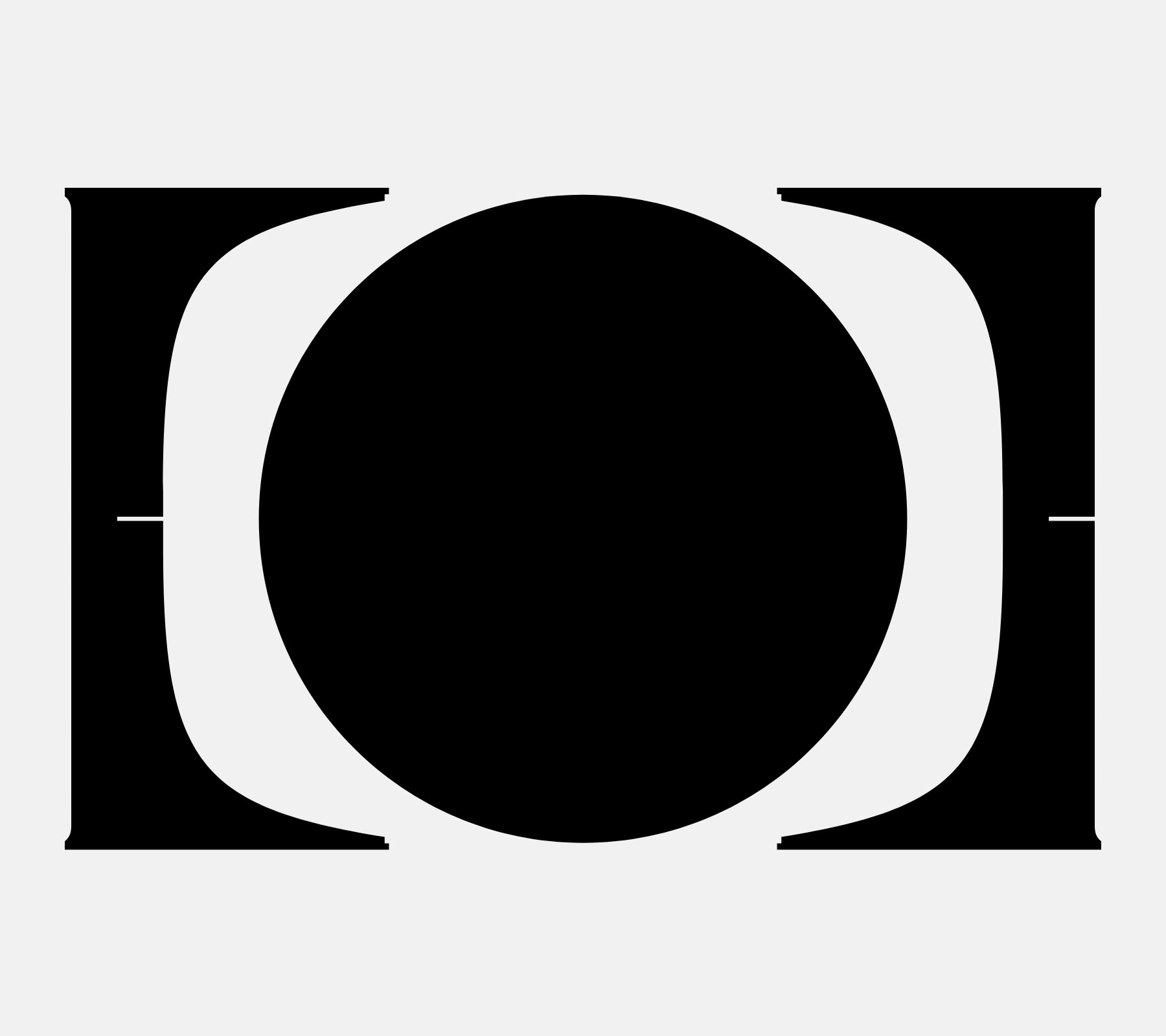
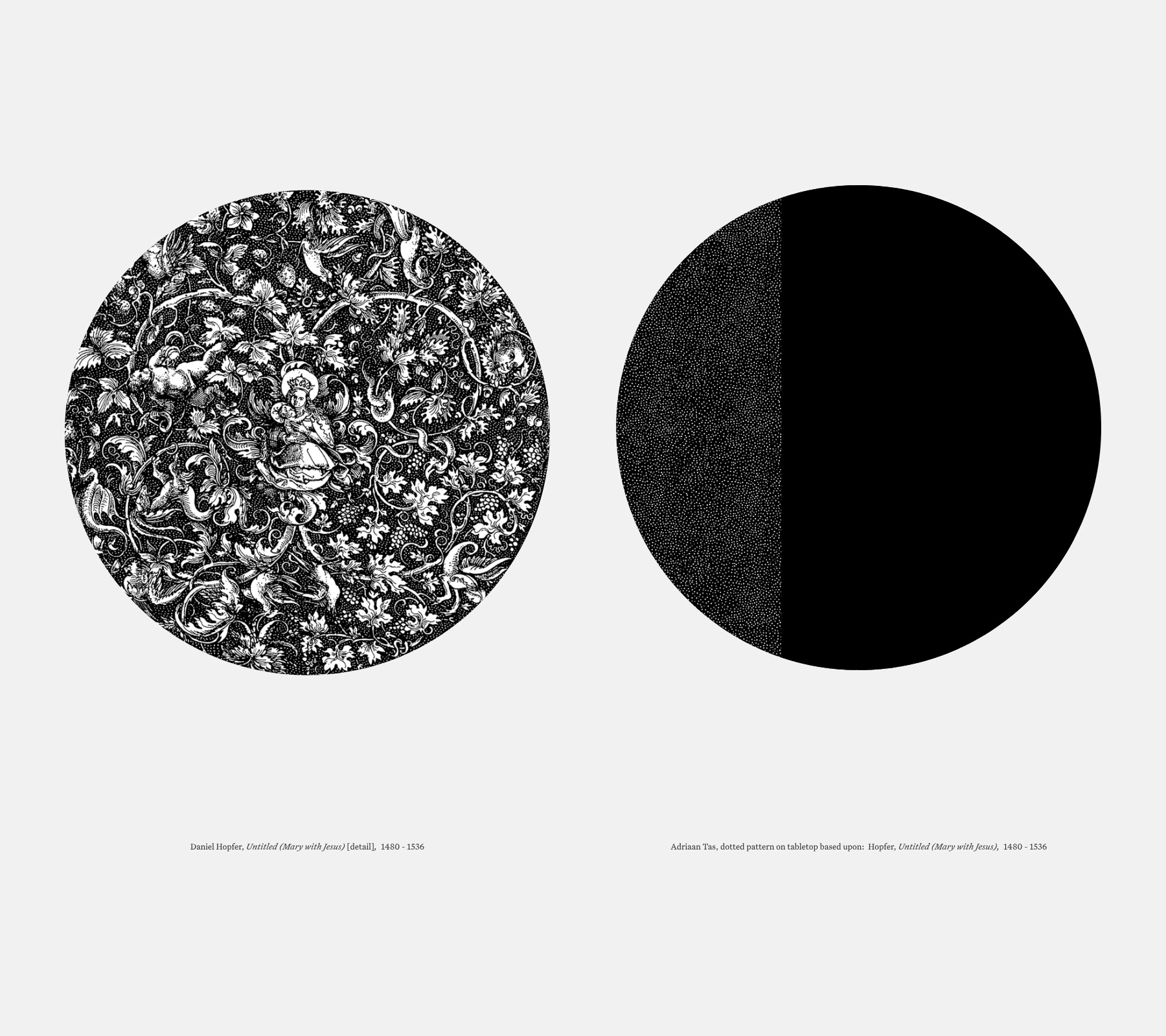
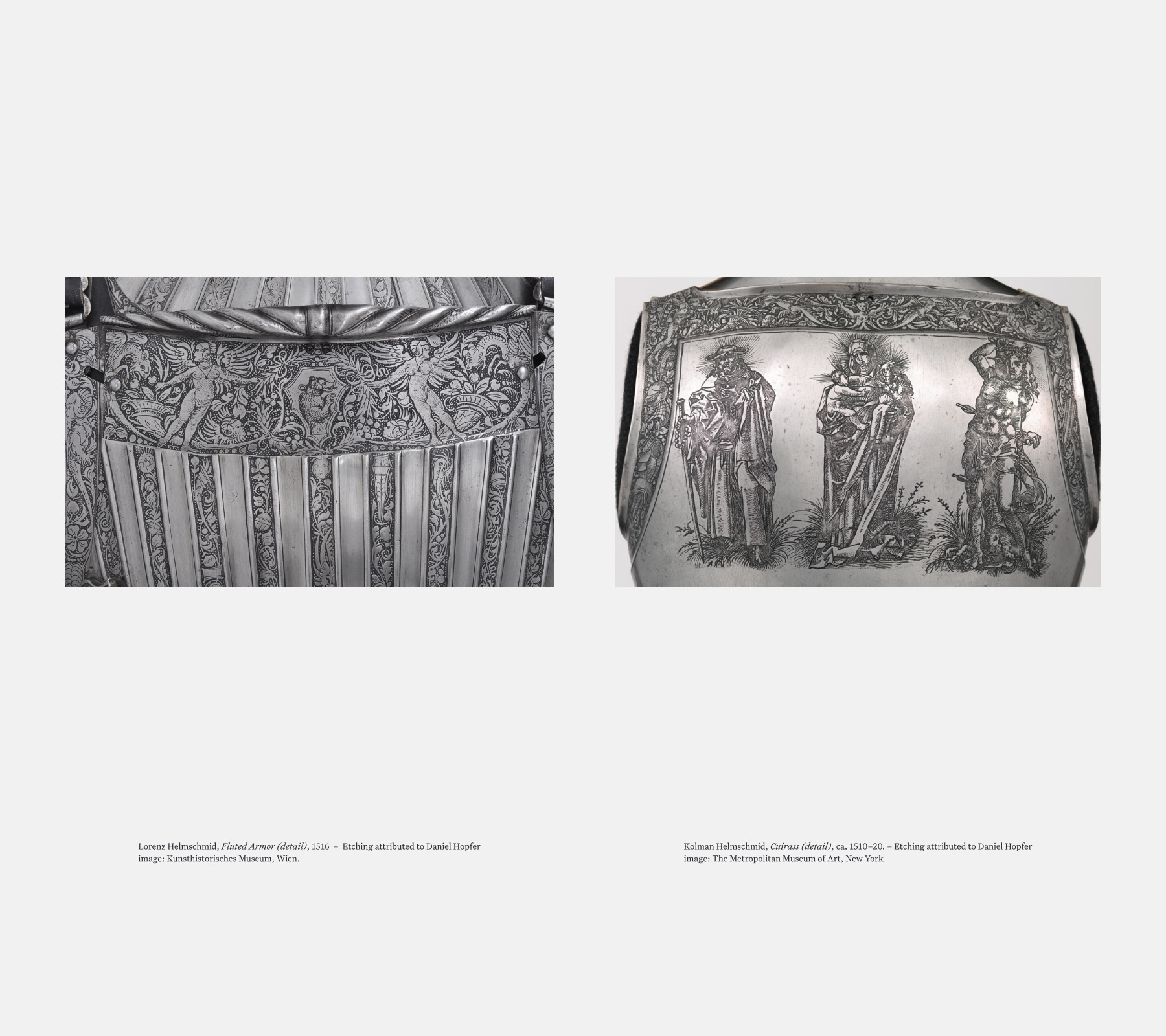
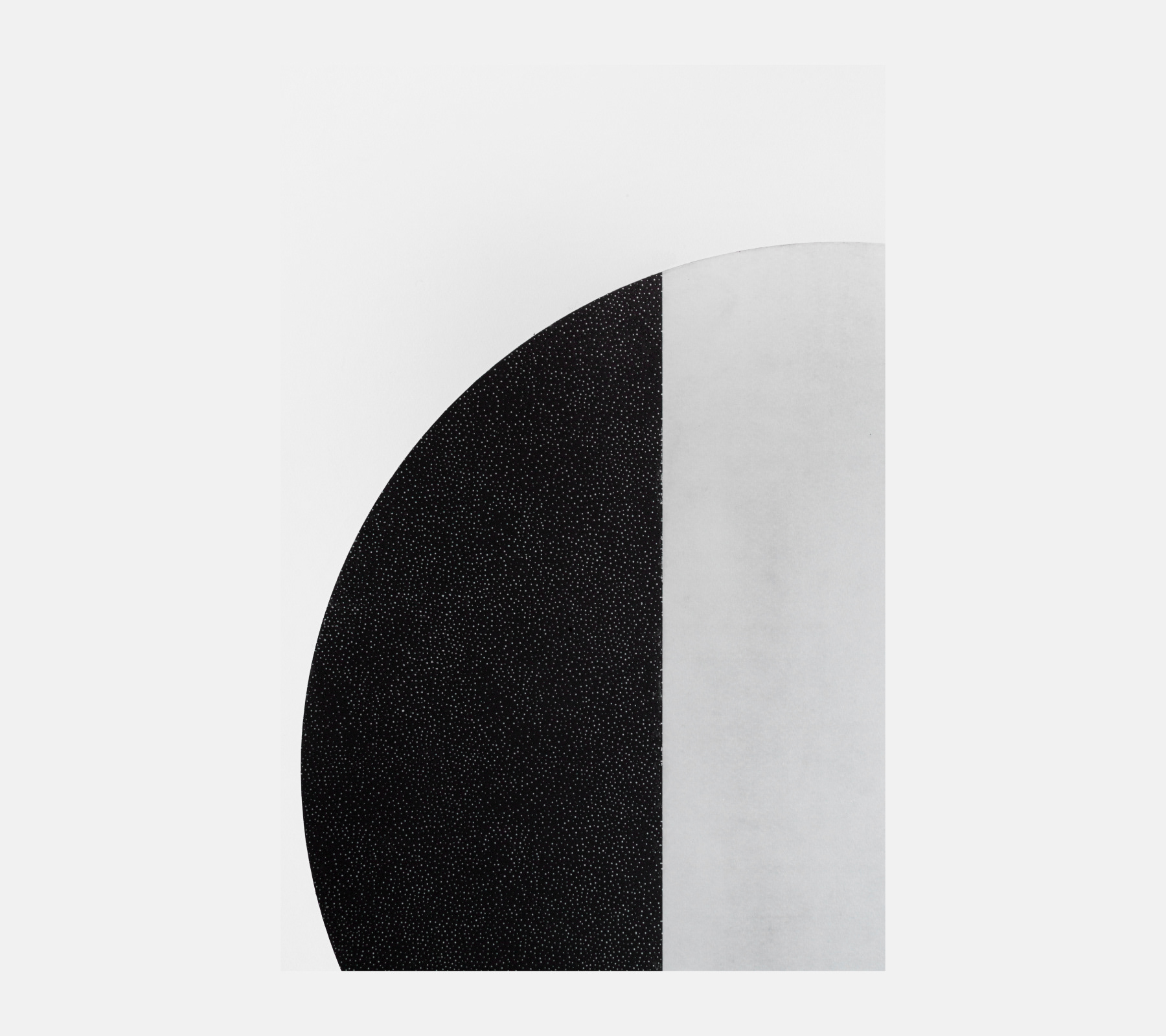
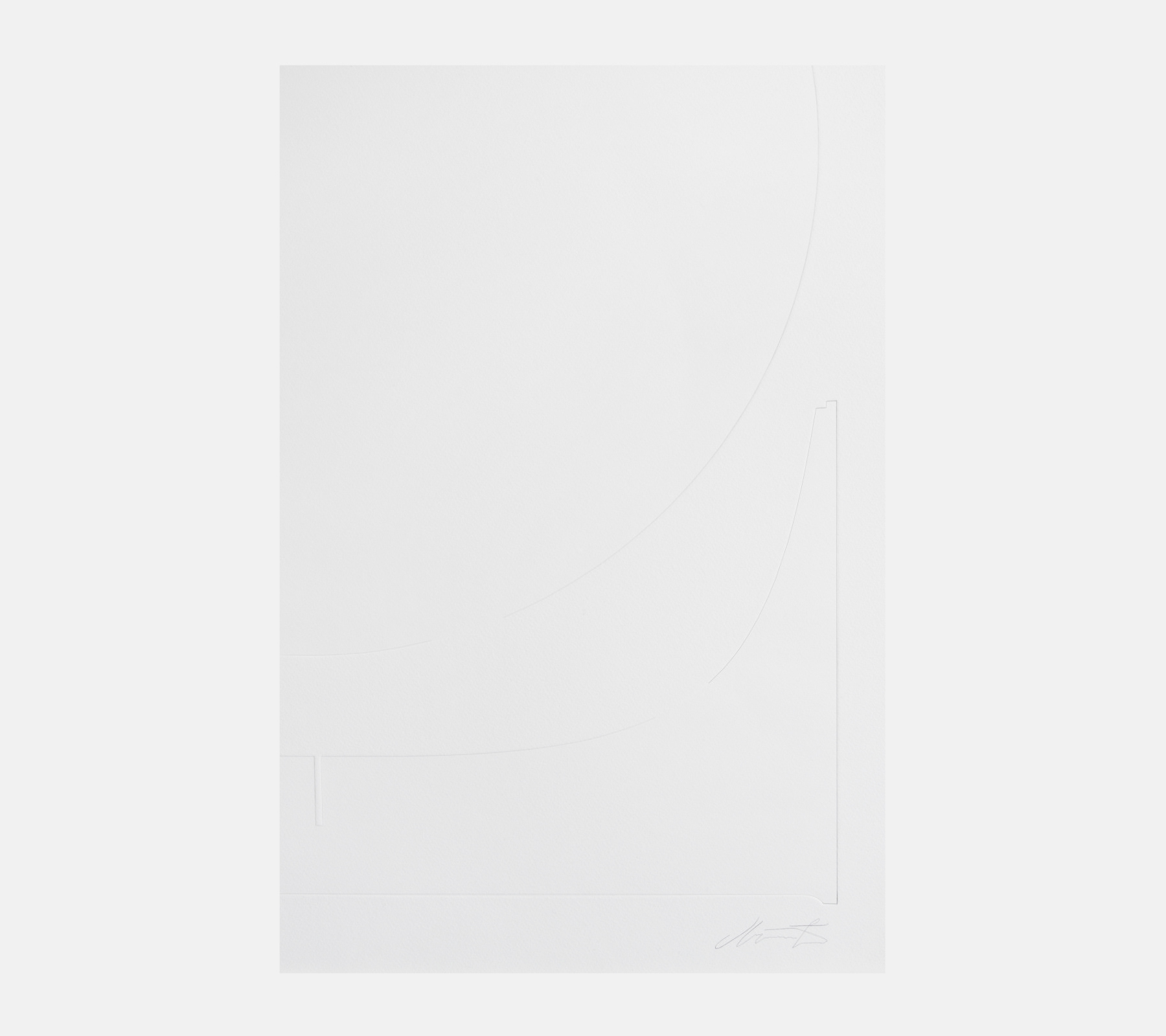
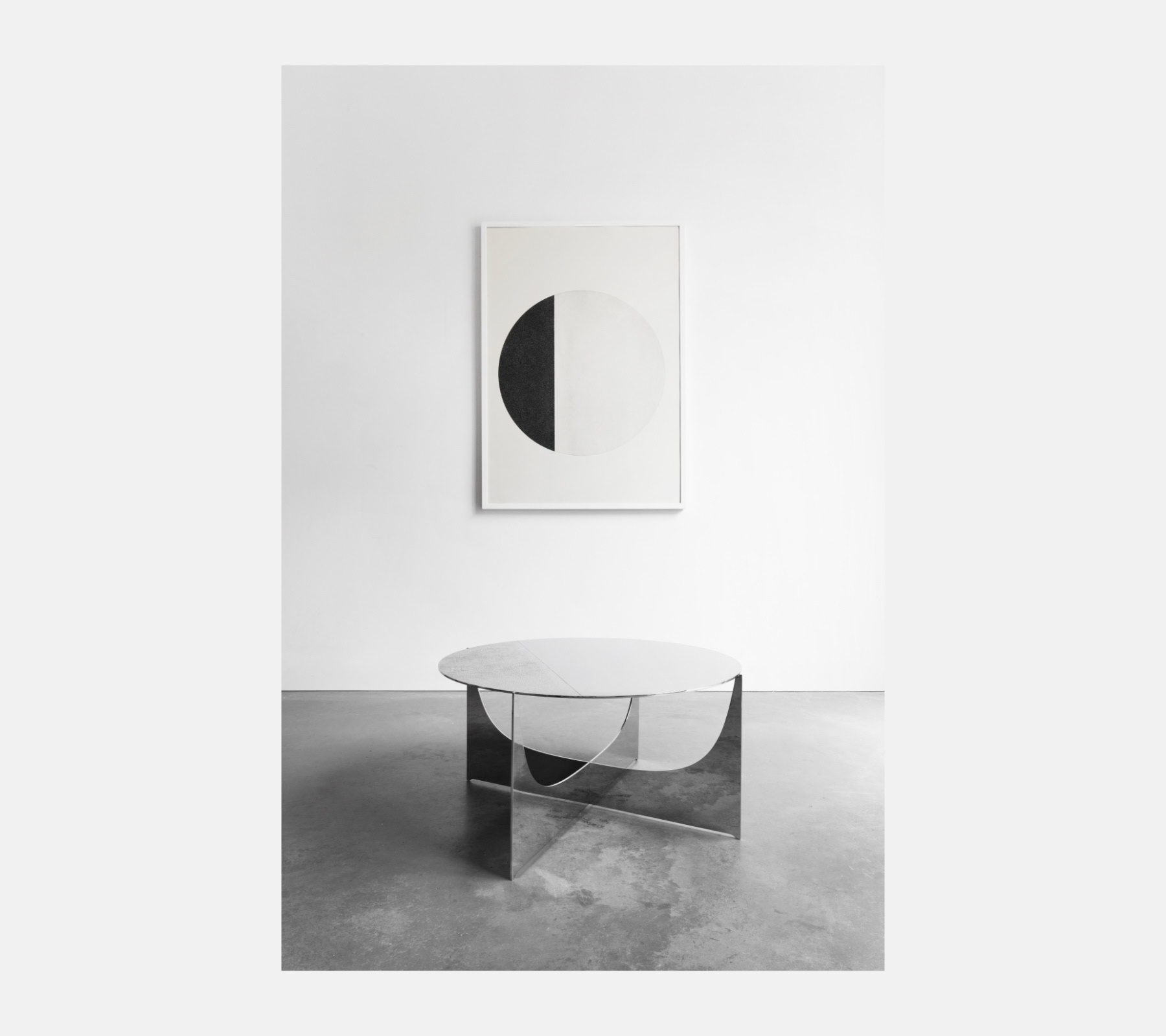
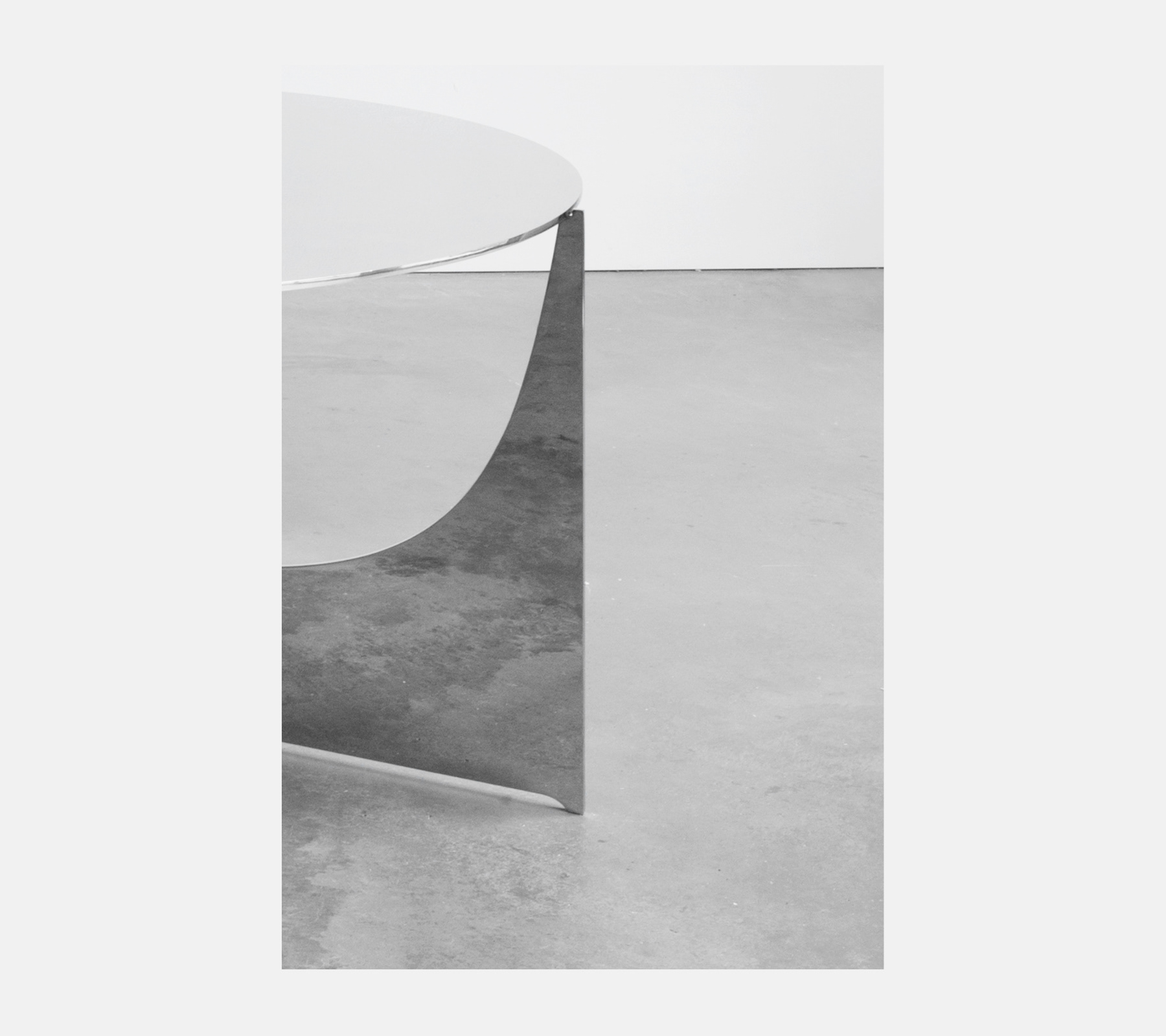
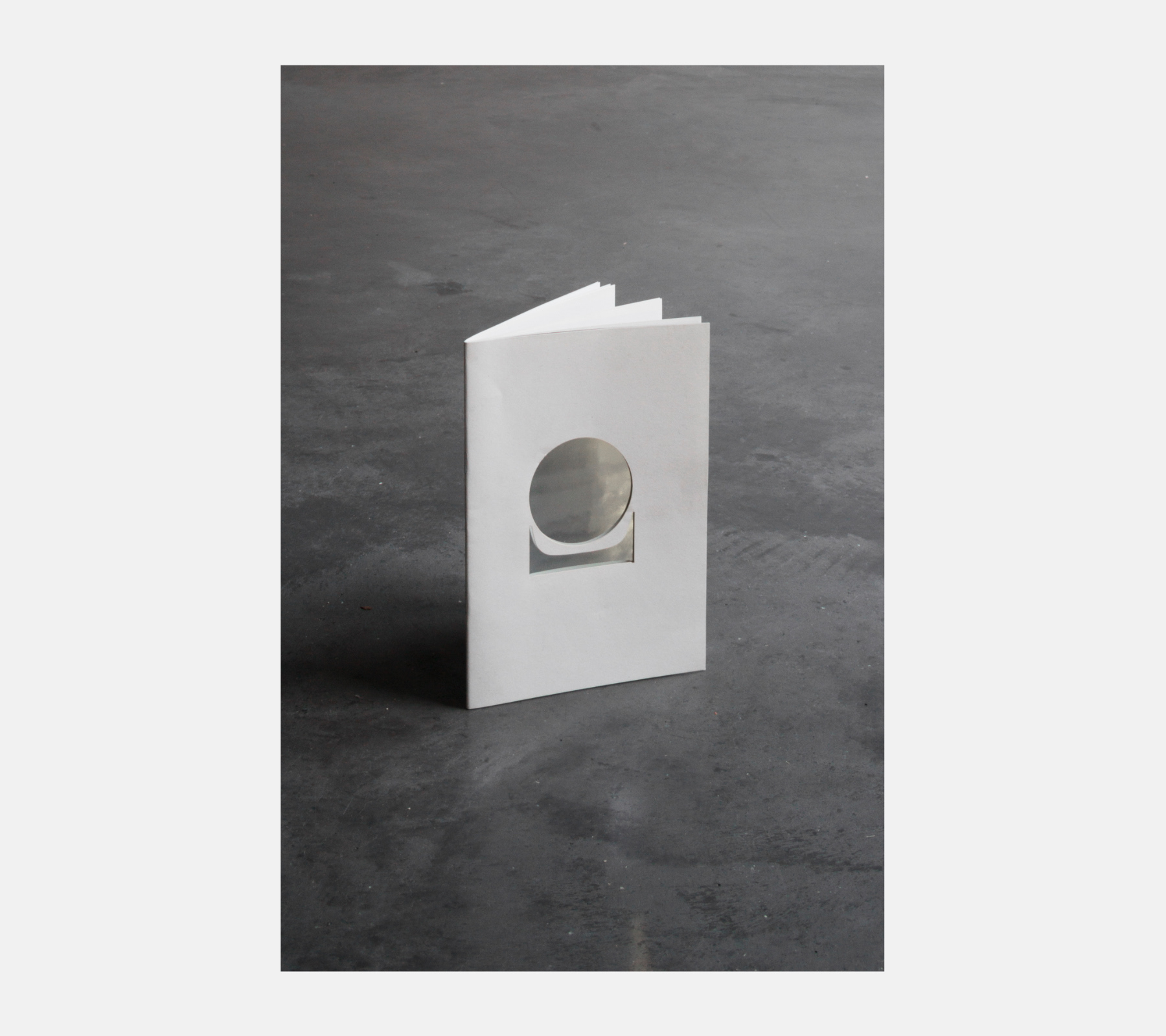
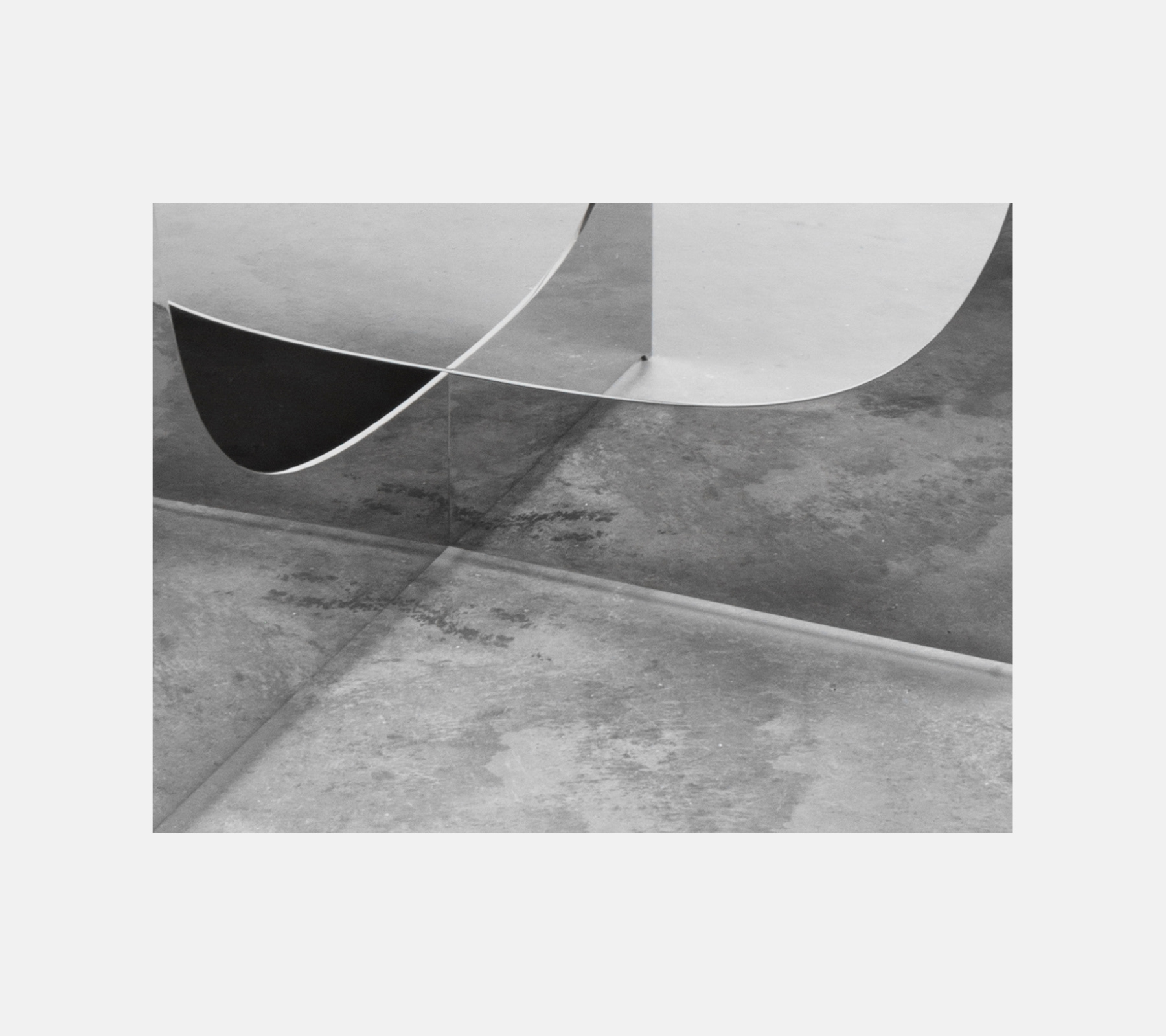
Hopfer
Sidetable and associated print
2017
Photography
Luca Beel
Hopfer Sidetables
polished stainless steel
600 × 600 × 300 mm
Hopfer Prints
etched and framed print on Hahnemühle, 300 gr.
800 x 1000 mm
The Hopfer series consists of a sidetable with an etched tabletop and an associated print.
Both are inspired by the history of the etching technique and more specifically by the life and work of Daniel Hopfer.
Before etching became a common printing technique it was almost exclusively used to decorate metal armor. The technique of etching allows the artist to transfer the lively and immediate nature of a drawing directly onto steel. Whether it is a metal printing plate or an element of armor, the procedure is almost exactly the same: a metal surface is covered with a coat of acid-resistant paint into which the design is “drawn” by scraping away parts of the coating (usually the background, outlines, and shading). When a mild acid is applied to the exposed areas of metal, the image (standing out from the etched background) is permanently transferred to the steel. Printed etchings and etched armor are therefore close relatives, separated only through the strict classification of modern art history, which divides them among the departments of print, and decorative arts.
Daniel Hopfer (1471–1536) was a German artist who is widely believed to be the first to use this technique of acid-based engraving as a printing technique at the end of the fifteenth century. Through his work he became one of the most influential German graphic artists of the sixteenth century, playing a major role in introducing a new style and iconography to artists’ workshops north of the Alps. Hopfer’s great influence on his colleagues makes researching his original etched armor particularly difficult, as other artists often imitated his so-called stylistic approach; later referred to as the “Hopfer-style”.
As a reference to this style, the surface of the sidetable is embellished with a dotted pattern (a typical surface-treatment used in Daniel Hopfer’s drawings) using the etching process, adding a minimal, yet decorative layer to the top. In addition, the tabletop can be separated from its frame and printed under a high-pressure rolling press.
The design of the Hopfer series challenges the fascinating history and versatility of the technique as it attempts to reunite both uses into a singular idea with two formal appereances, in which the metal top transcends its role as a mere tool to create a print, since it also fullfills a role as a functional and decorative element of the table. Offering both objects an autonomous, yet harmonic excistence.